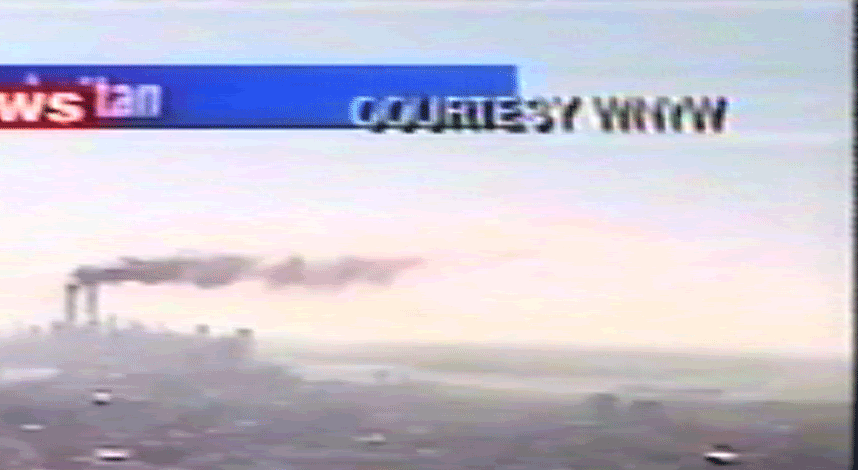Also, the motion of the lunar module blasting off from the moon appears to be consistent with being on a cable. It goes up, and swings to the left, then begins to swing back to the right again. This pendulum-like motion seems unlikely for a real spacecraft.
I'm trying to imagine faking moon videos myself. How would I do it?: What problems would I have?
Moon has no air, and 1/6 gravity of earth. Motion is a big problem. While basic human movements will be the same on the moon, falling objects will behave differently. On the moon, the time it would take an object to fall from, say, 5 feet is about twice the time it would take on earth. Could I shoot video at twice the frame rate, and play it back at the regular frame rate? Yes, this would create 1/2 speed slow motion, but would not be exactly correct. 1/2 speed falling objects would appear to begin falling too slowly, then would finish up falling too quickly, compared to a real falling object on the moon. But the difference would be subtle to the eye, but measurable.
If regular broadcast video is shot, I would fear someone taking measurements of falling objects, frame by frame. I would seek some way to screw up the timing of the video frames, so that precise measurements become difficult or impossible. I have found a document that might possibly represent the solution to this problem that was devised by the actual Apollo video fakery crew.
"Apollo Color Television Subsystem Operation and Training Manual"
1 June 1971
In order to have a NTSC color frame from the sequential field inputs, there must be three (3) even color fields and three (3) odd color fields. The input fields to the disc from the tape machine are odd, even, odd, even, etc. Any three fields presented at the output of the disc, as a result of this will contain a wrong field, either two odds and one even or two evens and one odd. To correct this, the wrong field is converted by being delayed 1/2 line. Where there would be two odds and one even field, the even field is converted to odd, and where there would be two evens and one odd field, the odd field is converted to an even field. This process continues as the wheel continues to rotate.
The output of the color converter is fed into an encoder. The encoder completes the transformation to the NTSC standard.
Bolding mine. So in each field of video, part of the information is delayed. It could be the red, or the green, or the blue information. To make the types of measurements I'd like to, it would be necessary to figure out which color was delayed, on a frame by frame basis. This could be a nightmare.









